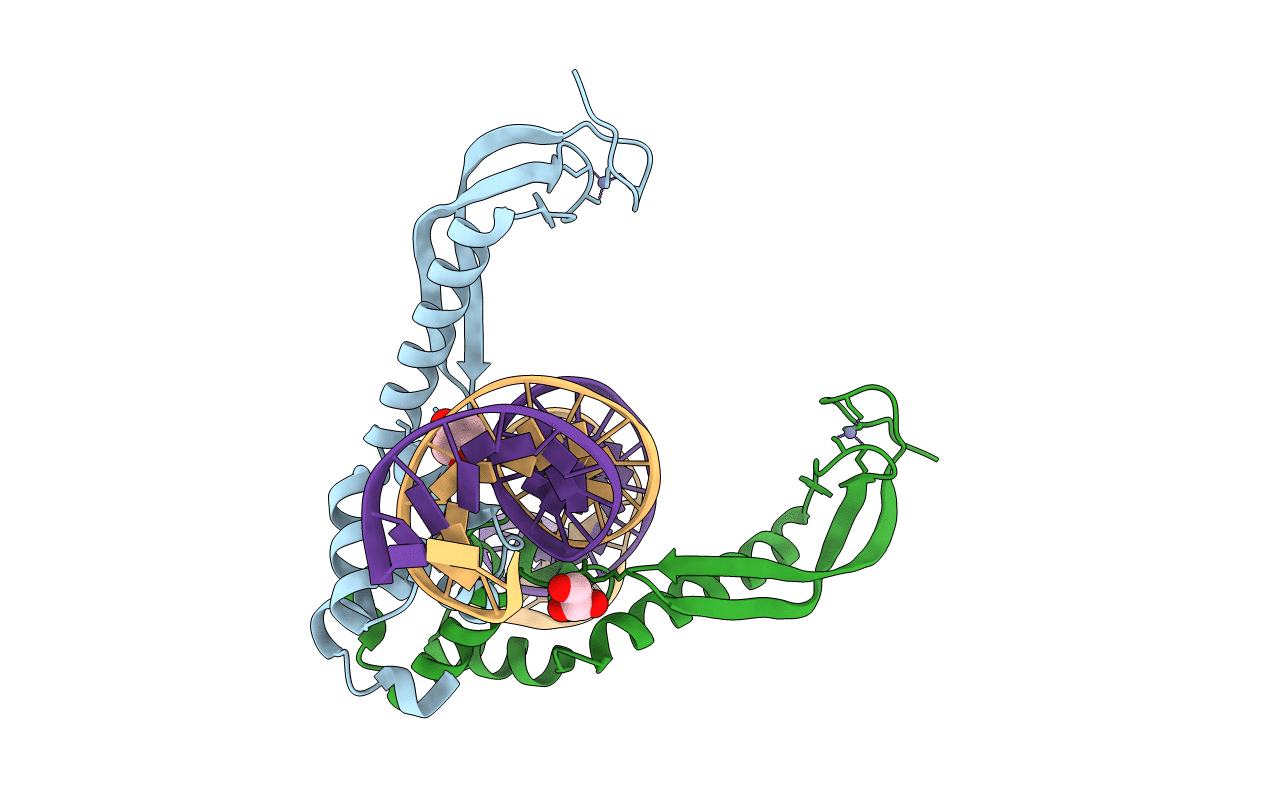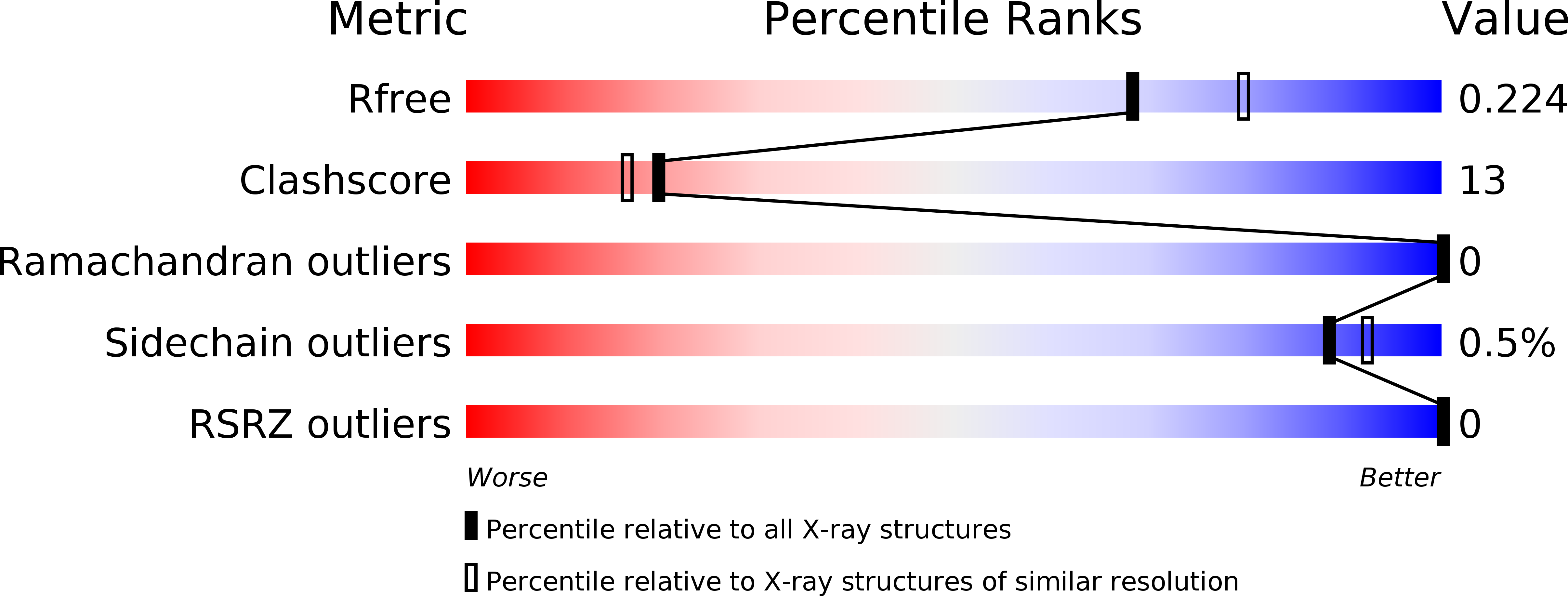
Deposition Date
2010-08-04
Release Date
2010-11-10
Last Version Date
2023-09-06
Entry Detail
PDB ID:
3O9X
Keywords:
Title:
Structure of the E. coli antitoxin MqsA (YgiT/b3021) in complex with its gene promoter
Biological Source:
Source Organism:
Escherichia coli (Taxon ID: 83333)
Host Organism:
Method Details:
Experimental Method:
Resolution:
2.10 Å
R-Value Free:
0.22
R-Value Work:
0.17
R-Value Observed:
0.18
Space Group:
P 41


